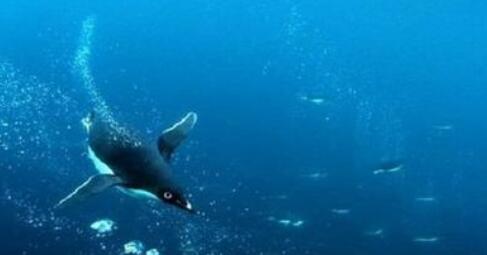Over time these sub-populations in all those different habitats...well, they developed very different physical traits.
久而久之,這些在不同棲息地的亞種……它們發展出了差異很大的生理特性。
They adapted to survive in their particular ecological niche, their...their position within a particular ecosystem.
它們適應了在自己特定的生態位生存,即它們……它們在某個特定生態系統中的位置。
We call this type of species diversification within a species adaptive radiation.
我們稱這種種類物種多樣化為“適應性輻射”。

And what adaptive radiation is is: an evolutionary process by which a parent species rapidly undergoes changes resulting in various new species in order to fill multiple ecological niches.
適應性輻射是什么呢:它是一種進化過程,母種迅速經歷了許多改變,導致了新物種出現,來填補更多的生態位。
So in the case of the Notothenioids, that single species started colonizing empty habitats to such an extent that it evolved into a broad range of new species, the 90 or so Notothenioid species that we have today.
所以對南極魚而言,那單單一種魚開始在空曠的棲息地里殖民,達到了這樣一種程度——進化出形形色色的新物種,也就是我們今天知道的90多種南極魚。
So let me switch to adaptive radiation with regard to another species that's also been very successful.
讓我(把話題)切換到另一個非常成功的物種,它也有適應性輻射。
What is the lecture mainly about?
這節課主要講了什么?
Why does the professor mention that coral reefs support more than 4000 species of fish?
為什么教授要提及珊瑚礁養活了超過4000種魚?
What the characteristic of Notothenioids helps them survive in sub-freezing temperatures?
南極魚的什么特點幫助它們在低于冰點的溫度里生存下來?
Why did the anti-freeze protein initially give no special advantage to the earlier's Notothenioids?
為什么抗凍蛋白最初沒有給早期的南極魚提供優勢?
According to the professor, what factors led to the rapid distribution of notothenioids throughout the Southern Ocean?
根據教授所言,是什么因素造成南極魚迅速遍布南部海域?
According to the professor, what happen to Notothenioids that migrate into different areas of the Southern Ocean?
根據教授所言,南極魚中,遷徙到南部海域其它地方的的魚類都經歷了什么?










